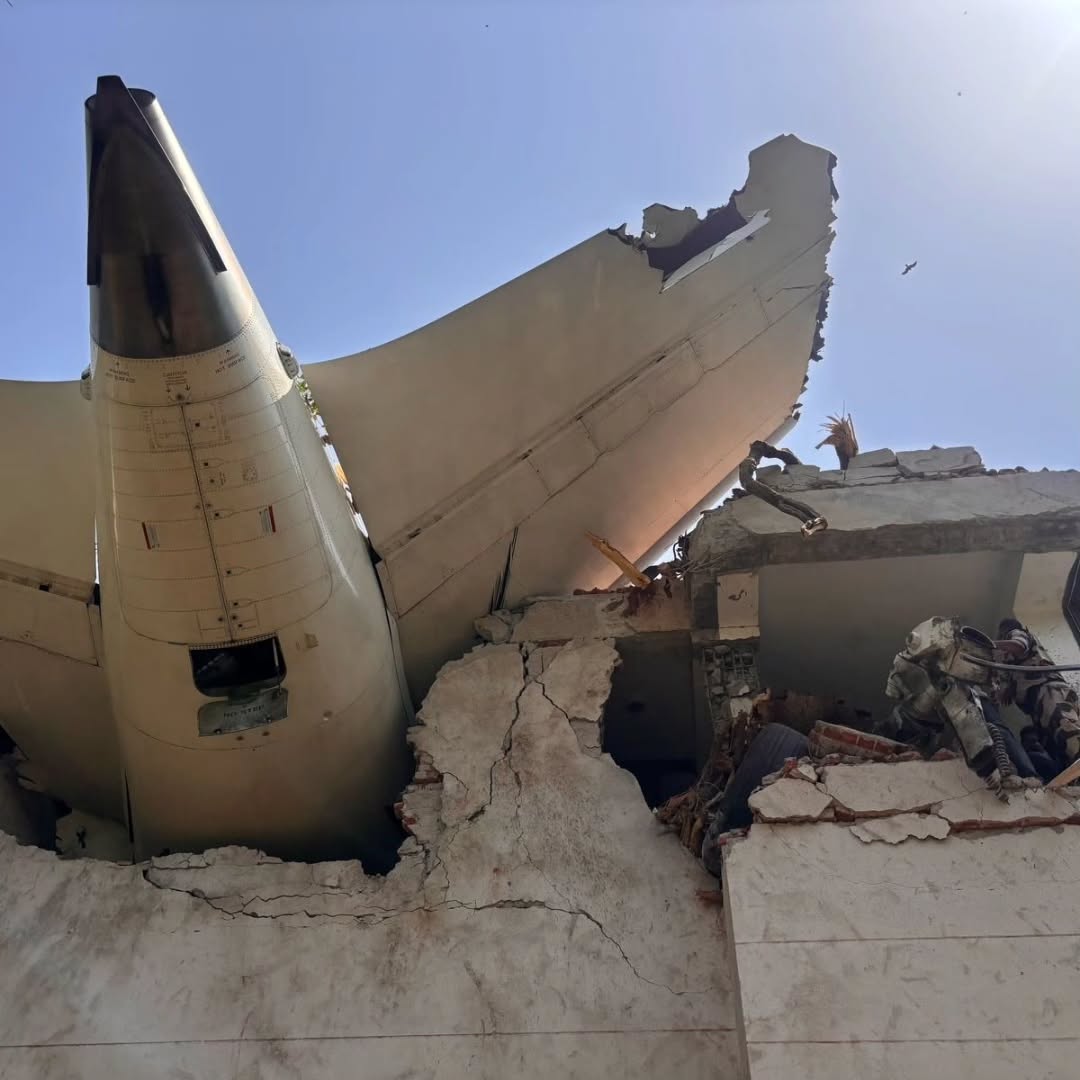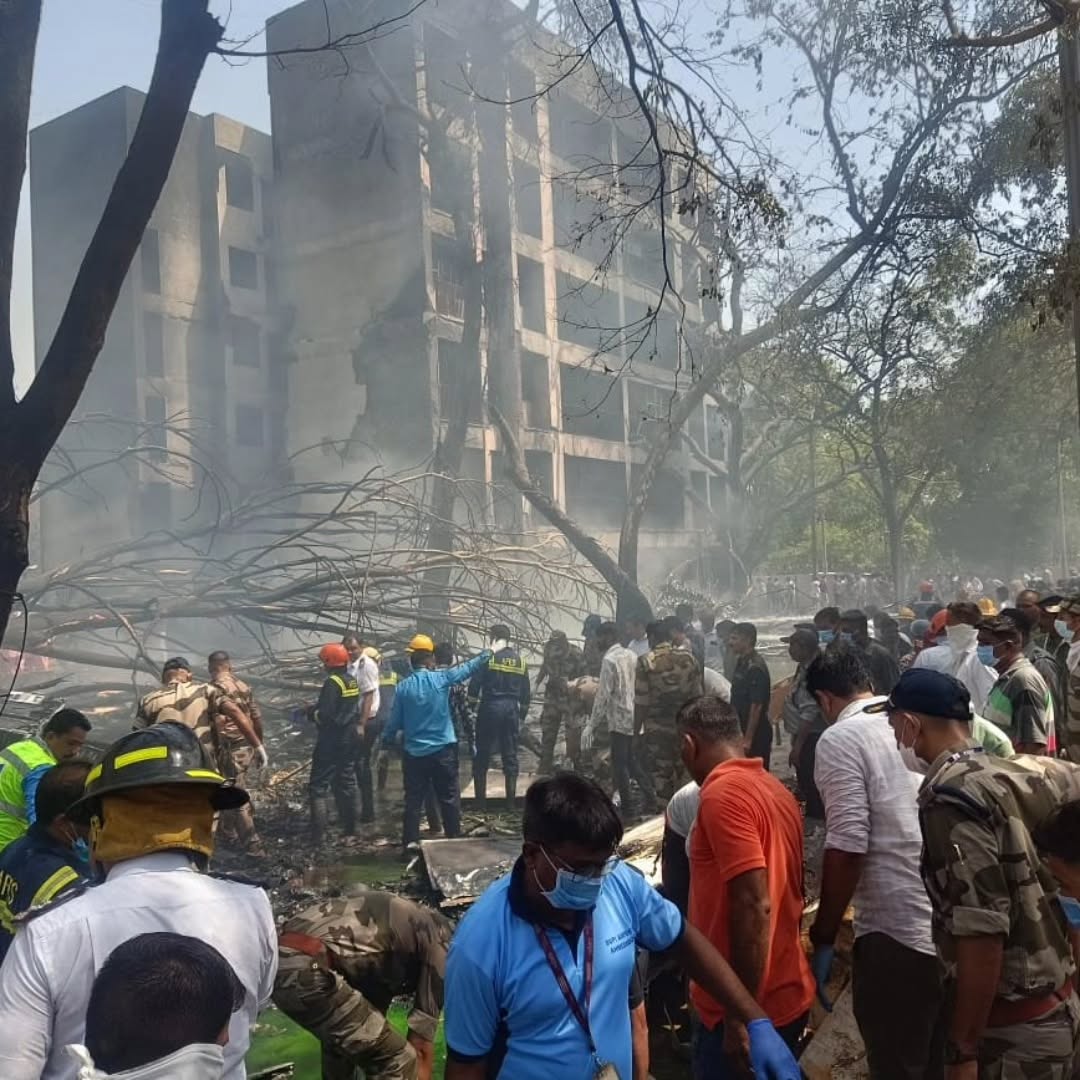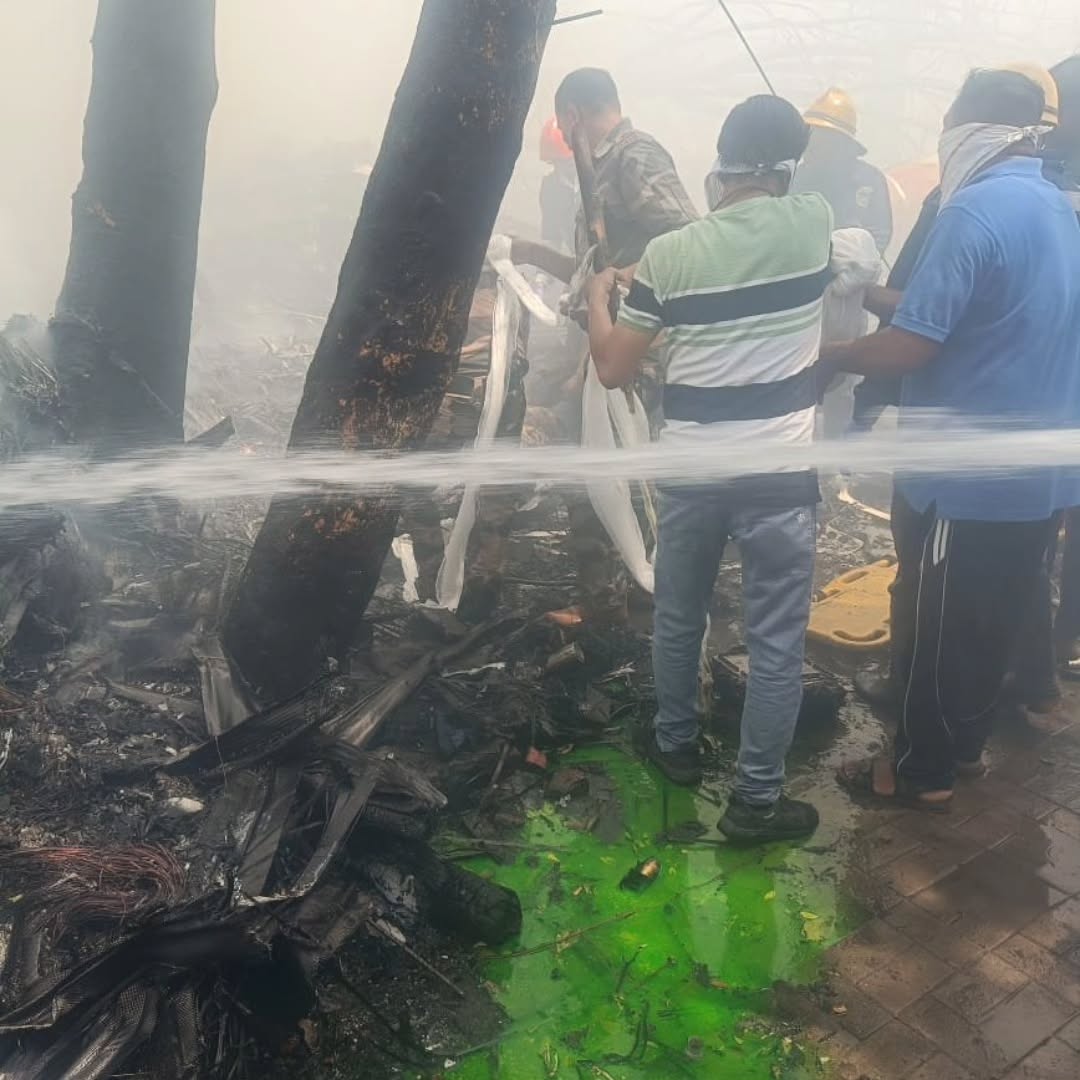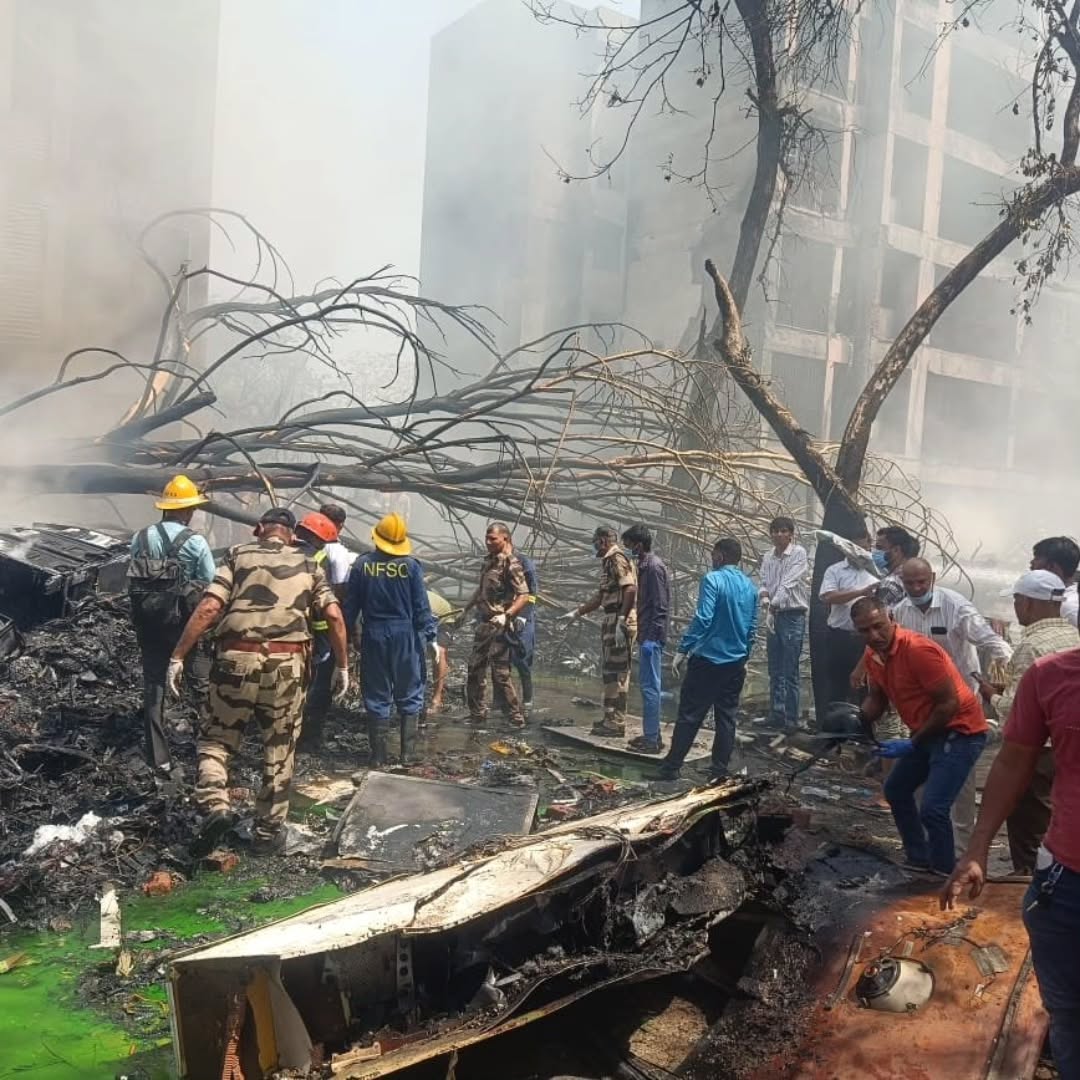The devastating loss of Air India flight AI171, en route from Ahmedabad to London Gatwick, has brought renewed scrutiny to air travel safety. The crash – an exceptionally rare event involving a wide-body jet on an international route – has reignited public concern amid a string of other high-profile incidents over the past six months.
++ NASA issues warning over lunar‑bound asteroid in 2032
Understandably, many prospective travellers may view the images of the wreckage in India and reflect on three other fatal air crashes within the same period, fearing that commercial aviation is becoming more perilous. Yet, while the grief and suffering caused by each disaster are deeply profound, the broader picture paints a far more reassuring reality: this remains the safest era in the history of aviation.
Within the industry, safety is an unrelenting priority. Advances in technology, rigorous regulation, and a culture of accountability have collectively reduced risk to unprecedented levels. In fact, the last fatal accident involving a UK passenger airline occurred in the 1980s.
Statistics reinforce this progress. In 2023, global aviation witnessed record-low accident and fatality rates, with no fatal crashes involving scheduled passenger flights. Nevertheless, late 2024 brought two tragic exceptions: the Christmas Day crash of an Azerbaijan Airlines Embraer E190 and, four days later, the loss of a Jeju Air Boeing 737 on arrival at Muan, South Korea. Together, these incidents claimed over 200 lives.
In January 2025, a further tragedy unfolded when an American Airlines regional jet collided mid-air with a US Army Black Hawk helicopter over Washington DC, resulting in the deaths of all 67 people on board.
The focus has also turned once again to Boeing, whose safety practices have come under increasing scrutiny. The manufacturer’s reputation was severely dented by the twin crashes involving the Boeing 737 Max, both linked to serious design flaws. These incidents led to the global grounding of the aircraft and far-reaching reviews of Boeing’s internal processes.
In 2024, further alarm was raised when a door plug blew out on a 737 Max at 16,000 feet. Although no one was injured, the incident prompted a new wave of investigations. The recent tragedy involving a Boeing 787 is the first fatal crash of the model since it entered service in 2011. While early concerns about lithium-ion battery fires briefly grounded the aircraft in its initial years, there is no indication that technical faults were a factor in this latest disaster. With over 1,000 Dreamliners in service globally – including with UK carriers British Airways and Virgin Atlantic – the aircraft boasts a strong safety record.
Coinciding with the news from India, the UK’s Air Accidents Investigation Branch (AAIB) released its Annual Safety Review for 2024. Chief Inspector Crispin Orr acknowledged the recent tragedies in Japan, Brazil, Kazakhstan, and South Korea, calling them “a sobering reminder that safety must never be taken for granted”.
++ Horrifying scene: man finds leech feasting on his eyeball
He added: “Thorough investigations into accidents and serious incidents continue to be needed to uncover remaining vulnerabilities.”
Yet Orr also noted that commercial aviation remains one of the safest forms of public transport, with global accident rates continuing their long-term decline.
This perspective is particularly relevant when compared to road travel – notably in India, where the daily death toll on the roads can approach 500 lives. In this context, the overall safety of commercial aviation stands out. While each air disaster leaves a lasting emotional and human toll, the broader trend offers a degree of reassurance: flying, even today, remains one of the most secure ways to travel.





